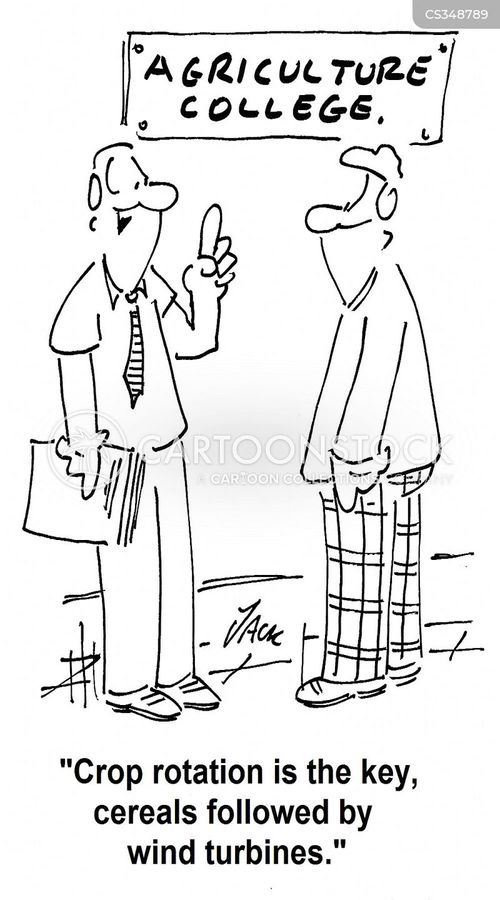


A sharecropper had no real income for most of the year until the crop was harvested, so to purchase the necessities of life he had no choice but to borrow against his share of the crop – and it was the landowner who extended the credit (either directly or in cooperation with merchants in the nearest town). But the systemic abuse of sharecroppers often went far beyond their being shortchanged at harvest time. The potential for abuse here is should be readily apparent since the (usually uneducated) sharecropper would have no real idea of what his share of the crop was worth. Of course the majority of laborers had no means of physically selling what he or she had harvested, so the landowner would usually offer to buy back the sharecropper’s portion. In theory a laborer was entitled to a share of the cotton crop he planted and harvested as payment for his year’s work (hence the name “sharecropper”). The sharecropper system was developed after the abolition of slavery in the 1860’s, as southern growers still required a cheap source of labor for cotton to remain profitable. But the subsequent two issues were highly unusual for the day, in that the stories and villains were based on actual social problems here in the U.S.: the struggle between management and non-union labor (in issue #14) and the lynching of African-American sharecroppers in the Deep South (in issue #13).Īlthough the economic problems of sharecroppers aren’t directly addressed in the story, the issues involved are fairly well-known today. Issue #12 found the duo thwarting an international menace which was common for comics of the day: a Japanese invasion of China. In three consecutive issues of Silver Streak Comics which were published during the summer of 1941, Silver Streak and his sidekick Meteor went up against real world problems which went far beyond the usual bank robbers and saboteurs which were popular villains of the day. As far back as 1941, costumed heroes were occasionally confronted with socioeconomic dilemmas. These stories are often cited (in various documentaries, as well as in print) as being the first time that comic books addressed “real world” injustice, but that statement is wholly incorrect. Written by Dennis O’Neil and drawn by Neal Adams, these “street level” tales found the heroes tackling a variety of contemporary social and economic injustices which included discrimination and drug abuse. The early 1970’s Green Arrow/Green Lantern teamups are among the most often republished comic books of all time.


 0 kommentar(er)
0 kommentar(er)
